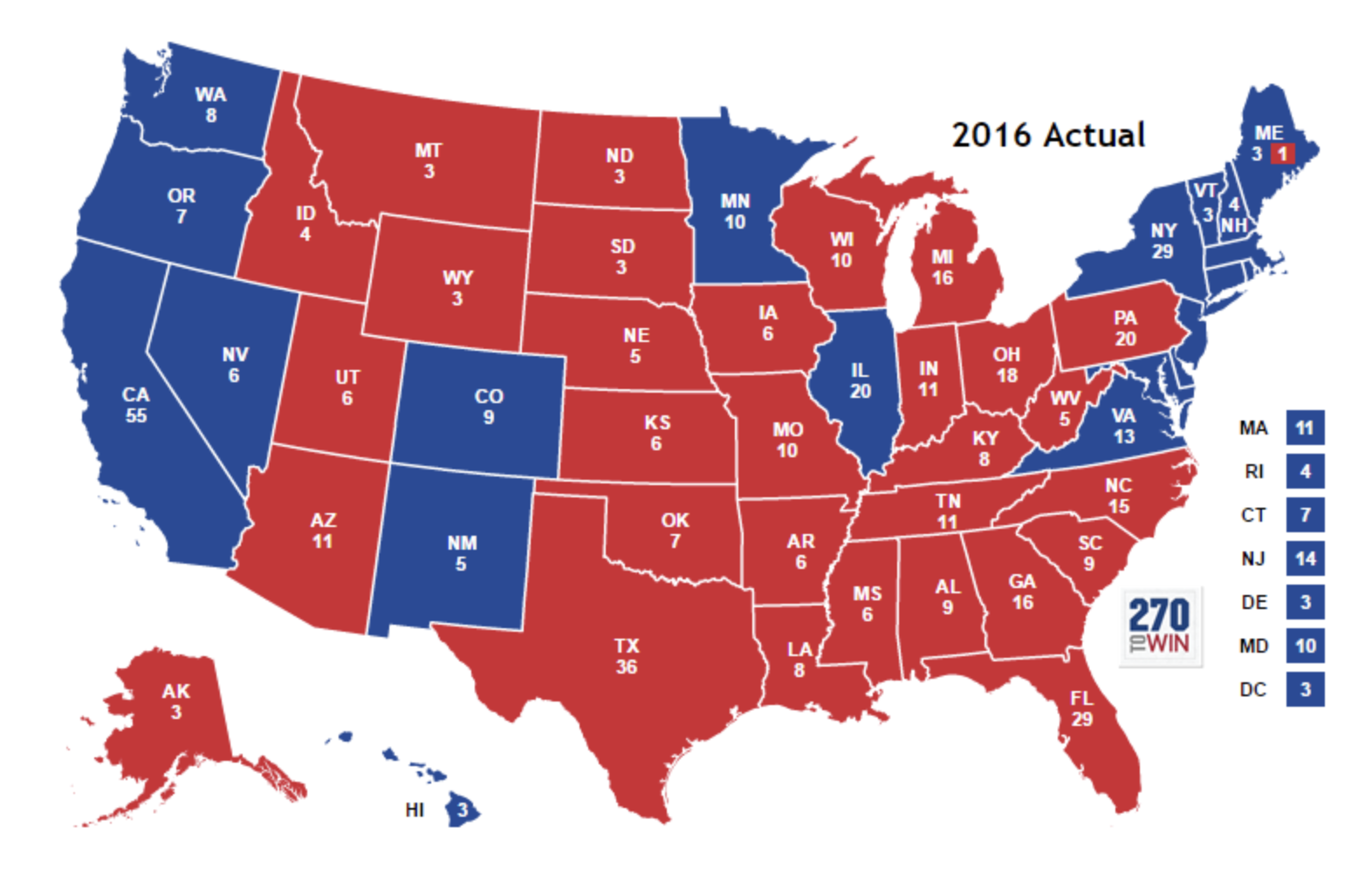What was once only a memory from most of our ninth grade civics classes has now made national headlines in these past few weeks: the Electoral College. Out of the 15 Democratic candidates competing for Presidency in 2020, an alarming eight of them support abolishing this system; four are open to the idea and a lonely three are against it. Generally, most individuals who are trying to abolish the system would prefer the president be elected by popular vote. While this method may sound like the most fair way to elect the president, given a bit more thought, it would surely lead to disaster.
A “one person, one vote” system does not restrain a majority group from imposing its will on a minority. Regardless of how small a state is, it has at least three electoral votes in deciding the presidency. These votes can be pivotal: no one state can be ignored by anyone running for the presidency. In this way, the Electoral College (EC) was designed not to reward candidates who receive the most votes, but candidates who can get the most different kinds of votes. To win the presidency, a candidate must have the support of a large variety of voters from different locations. Securing only the Northeast, Midwest, or South cannot guarantee victory. And an individual cannot win by campaigning only in large cities, rural towns, or the coasts. Such a system is far more fair than any other alternative. The United States is a coalition of different cultures and people, and the only way to ensure that the needs of a minority group are not overshadowed by the masses is through a system like the EC.
Those moving to abolish the EC point to both swing states and safe states, arguing that they have far too much power in deciding the presidency. In particular, people argue that politicians in “safe” states lack ideological diversity. Those who make this claim have certainly not looked at a map of the electoral spread in the United States over the past several decades. According to the website 270towin, one of the safest blue states, California, was reliably Republican up until 1992. Texas was a blue state up until 1976. Even some of the most important swing states (like New Hampshire and Virginia) are constantly changing in legislative makeup. A popular vote, however, would concentrate power in locations that are not likely to change at all. Despite only representing a small portion of the country’s innumerable lifestyles and cultures, city centers would have total authority in choosing the president. The political fact checking website, Politifact, reveals that the two most populous cities in the country would have voting power over the smallest ten states. Importantly, the president is tasked with fighting for and representing all types of Americans, no matter how small their state.
The EC incorporates the opinions of the majority just as much as the minority. It is appropriate for the most powerful individual in the nation (and possibly, the world) to be elected via a system that more evenly distributes political power among states. Personally, I think “The President of the United States” has a better ring to it than “The President of New York City, Los Angeles, and Chicago.” •









